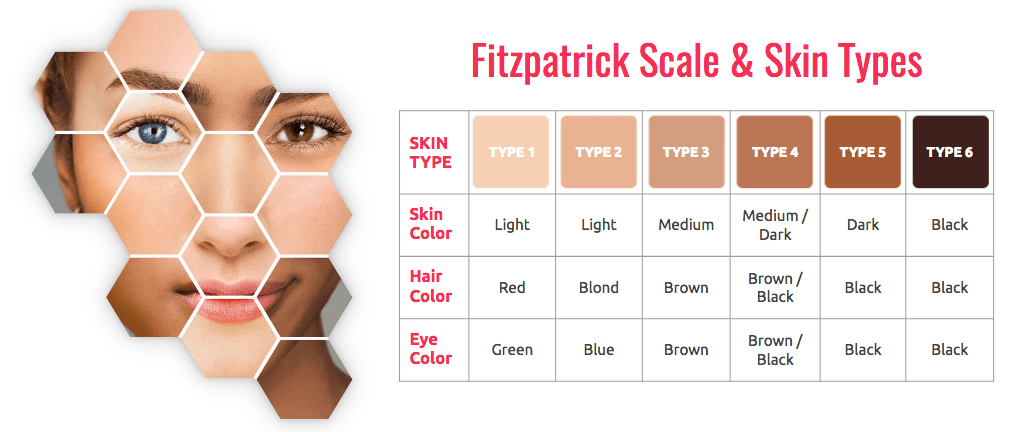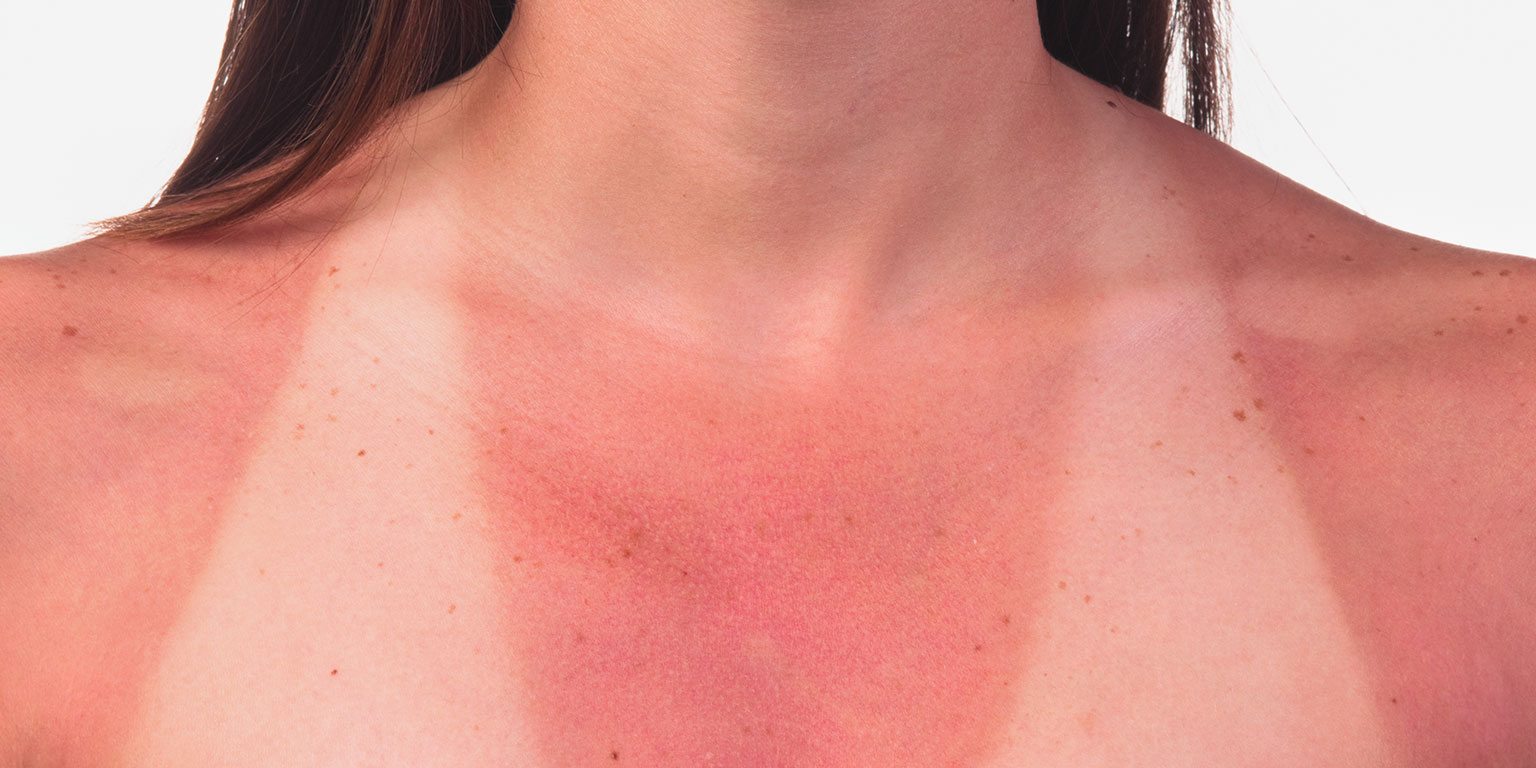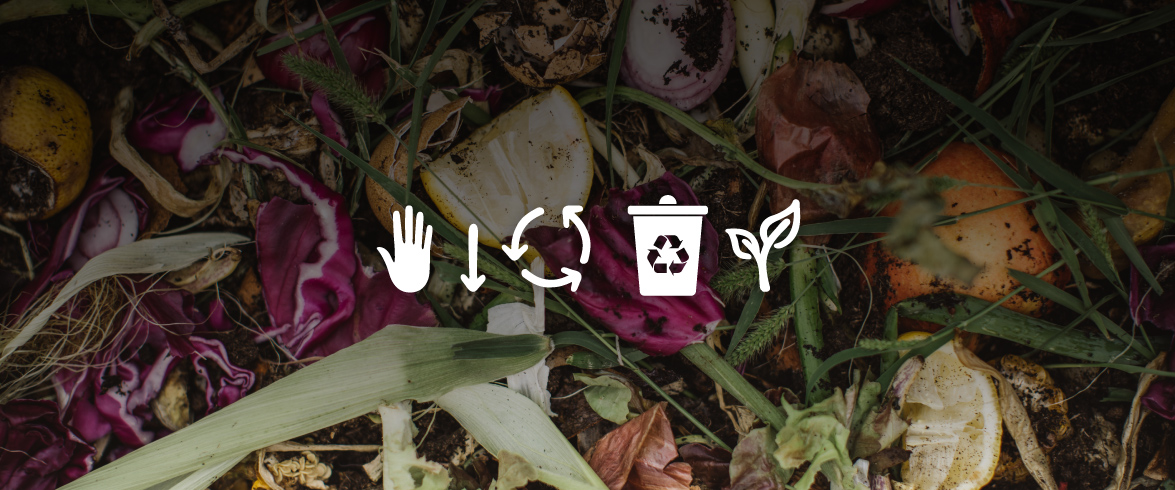We are lucky that we live in New Zealand with it's long days of sunshine and stunning outdoors, but on the downside, enjoying it brings risk with New Zealand having the highest rate of melanoma in the world. Melanoma is the most life-threatening form of skin cancer and astonishingly, around 7 New Zealanders are diagnosed with it every day.
What’s more, any time you’re in the sun, even just for a few minutes, UV rays can damage your skin. And it all adds up...the more time you spend unprotected in the sun, the greater the risk of melanoma.
So what can you do about it? Well, there are seven factors that can affect your risk of getting melanoma and other skin cancers. Being aware of these factors can help you take protective measures to reduce your risk.
Read on to learn more about these risk factors, and don't panic - having one or more risk factors doesn’t mean you’ll definitely develop skin cancer.

1. Your family history
If one or more of your immediate relatives has had melanoma, your risk of developing it is higher. In fact, you’re twice as likely to develop melanoma if there’s a history in your close family (parents, siblings or children).
2. Your skin and hair colour
The fairer your skin the more susceptible to sunburn you are and therefore you have a higher risk of developing skin cancers. The Fitzpatrick scale is made up of six skin types that help determine your skin cancer risk. Types 1 and 2 refer to ivory or very fair skin with naturally blonde or red hair and light-coloured eyes. People with these types of skin have a higher risk of sun damage and developing all types of skin cancers, including melanoma. Also if you've been sunburnt a few times in your life that will also increase your risk

If you have olive or dark skin, it doesn’t mean you won’t get melanoma or other skin cancers. While those with darker skins, such as Māori and Pasifika, have a lower chance of getting melanoma, they often present with thicker, more serious melanomas by the time they get it checked. Even if your skin colour means you have a lower risk it is still worthwhile getting checked regularly. Every two years is a good option.
3. Your age
If you are over 50 then you’re in the age group that has a higher risk of all types of skin cancer. Around 70% of melanoma cases occur in people aged 50 years and older. Not only that, most non-melanoma skin cancer (such as basal cell carcinoma and squamous cell carcinoma) typically appears after age 50 too.
So, if you are over 50 and notice any unusual or changing moles or sunspots (see what to look for), get it checked by your GP or by a specialist.
Whilst age is a factor just because you are under 50 doesn't mean you don't need to worry. Younger people can get melanoma too.
4. You have a lot of moles
Moles often appear in children and young adults and generally are of no concern. But for people who have a number of moles, the risk of developing melanoma is higher especially if you have more than 100 moles.
Again get your GP to check or go to a specialist.
5. You have unusual moles
An unusual mole has some similar features to melanoma. They’re often larger and may have an odd shape or colour. If you have more than 5 unusual moles across your body you are at a higher risk of getting melanoma
6. You’ve been sunburnt
Getting sunburnt at any age – whether as a child, teen or adult – increases the risk of all skin cancers, including melanoma, in later life

Sunburn is sun damage, so if you’re out in the sun, especially during the summer months try to avoid getting sunburnt. If you have children, keep them covered up or in the shade. Research shows that sun exposure in childhood gives a greater risk of melanoma than sun exposure in later life
7. You have an outdoors lifestyle
If your skin is exposed to the sun regularly through work or play, this can increase your risk of skin cancers such as basal cell carcinoma and squamous cell carcinoma.
However, in the case of melanoma, recent studies show that there’s a greater risk from occasional high doses of sun exposure, such as during holidays, weekends and recreational activities, than with more continuous sun exposure like working outdoors regularly
Get a check and make sure you do it regularly
If one or more of the above risk factors apply to you (or to someone close to you), talk to your GP or a specialist about the best ways to protect your skin – and which type of skin cancer check is best for you.
Also take MoleMaps's skin cancer risk quiz. Developed by dermatologists, it’s the quick, easy way to check your risk levels – and also lets you know the next steps you should be taking, such as reducing your sun exposure or having regular skin checks.
And remember if you have been a Primary Care Extra Plan holder for more than 3 months we can re-imburse you 50% of your costs to get a mole map done. .



